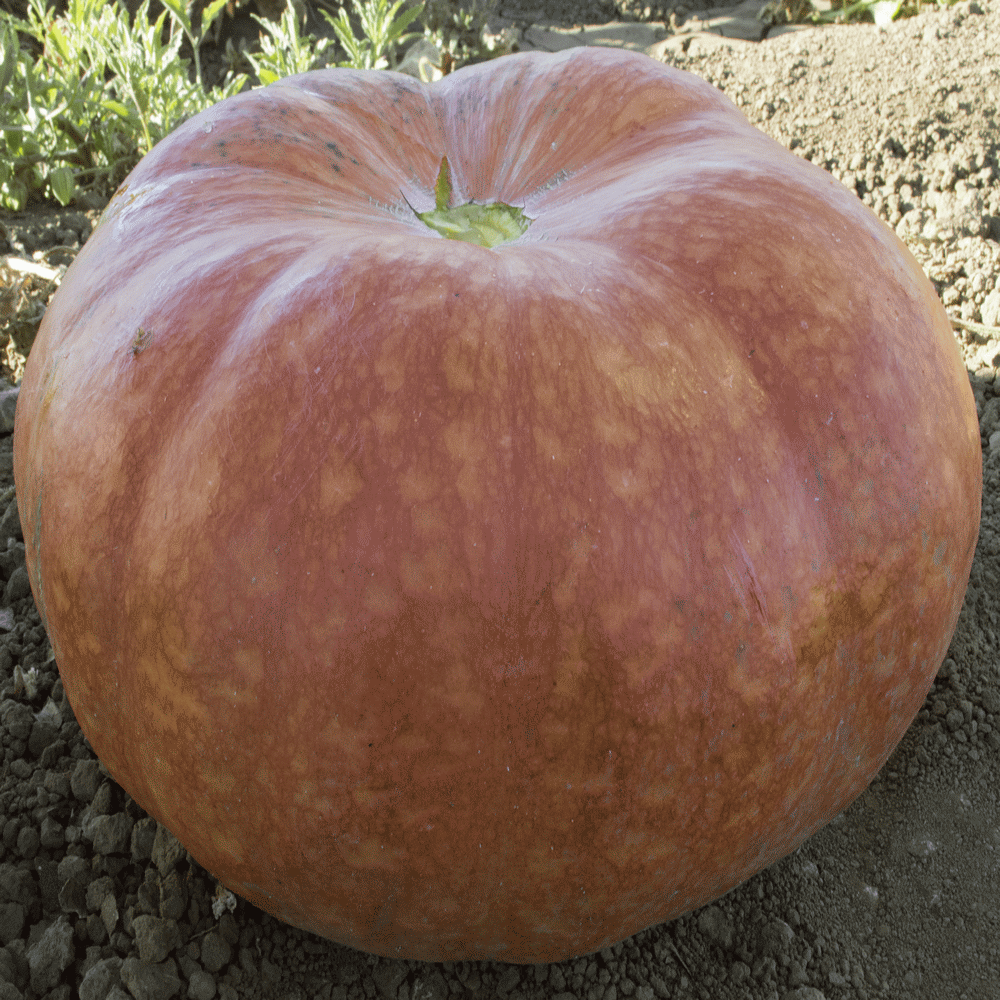

#Cinderella pumpkin skin#
Kabocha, the so-called Japanese squash, sports knobby black-green skin that's often striped in celadon. The wanton willingness of each species to cross-pollinate with members of its own kind can create some curious offspring. There are five common domesticated species of Cucurbita: ficifolia (chilacayote squash and Malabar gourd), maxima (Hubbard, 'Lakota,' buttercup, and winter squashes), argyrosperma (cushaw squash), moschata ('Shakertown Field' and 'Long Island Cheese' pumpkins), and pepo (jack-o'-lantern varieties, delicata squashes, ornamental gourds). There are so many types of pumpkins-why stick to the standard orange icon of fall? Pale and monochromatic, bright and bold, eerily enigmatic, or elegantly dark and moody options also abound. Once you recognize the variety of shapes and sizes, all kinds of decorative possibilities open up. Store the bulk pumpkin seeds in a cool, dry place for up to 4 years.Welcome to Cucurbita, the genus of pumpkins, squashes, and some gourds, the edible and ornamental fruits of fall. Remove the good seeds and spread them out to dry for 2-3 weeks, stirring them at times to make sure they dry completely. Put the mixture in a bowl of water to remove the remaining pulp the good seeds will sink. Cut the pumpkin open, remove the pulp and seeds, and rinse off the pulp. Seed Saving: By the time the pumpkin has been cured, the seeds are mature. If kept in a 45-50 degrees F location with moderate humidity, most pumpkins will last for up to 5 months. Cure the pumpkins in the sun or a dry location until the stem shrivels do not wash pumpkins you intend to store. Cut the stem with a sharp knife, leaving a 2-3" length." Do not carry the pumpkin by the stem if the stem breaks off, use it as soon as possible, since this causes the pumpkin to deteriorate quickly.

Because cold weather can damage pumpkins, they should be harvested before the first frost. Harvesting: Pumpkins can be harvested as soon as the stem begins to dry and the skin becomes too hard to pierce with a fingernail. By midsummer, pinch off all the blooms to concentrate the plant's energy on the developing pumpkins. When the vines begin to develop, a layer of mulch will help conserve moisture and control weeds mulch also will keep the pumpkins clean and protect them from too much soil contact. Keep the soil moist at all times, but avoid getting the leaves wet as this can cause diseases such as rot or mildew. Growing: Since pumpkin seedlings do not tolerate frost, provide protective coverings if cold weather threatens. For companion planting benefits, plant pumpkin seeds in bulk along with corn but avoid planting them with potatoes. To direct sow, plant the seeds a week after frost 1/2" deep, 3-4' apart and thin to 8-10' apart.

Another option is to plant the seedlings in hills of two, 8-10' apart. About a week after the last frost or when the soil temperature reaches an average of 60 degrees F, plant the seedlings in very rich soil 8-10' apart in rows 10-12' apart. Harden the seedlings by exposing them to the weather for several hours at a time during the week before transplanting. Plant two seeds per pot, later clipping off the weaker seedling.

Since pumpkins do not take well to transplanting, peat pots are the best option. Sowing: Gardeners with short growing seasons may want to start their Cinderella pumpkin seeds in bulk indoors a month before the last expected frost.


 0 kommentar(er)
0 kommentar(er)
